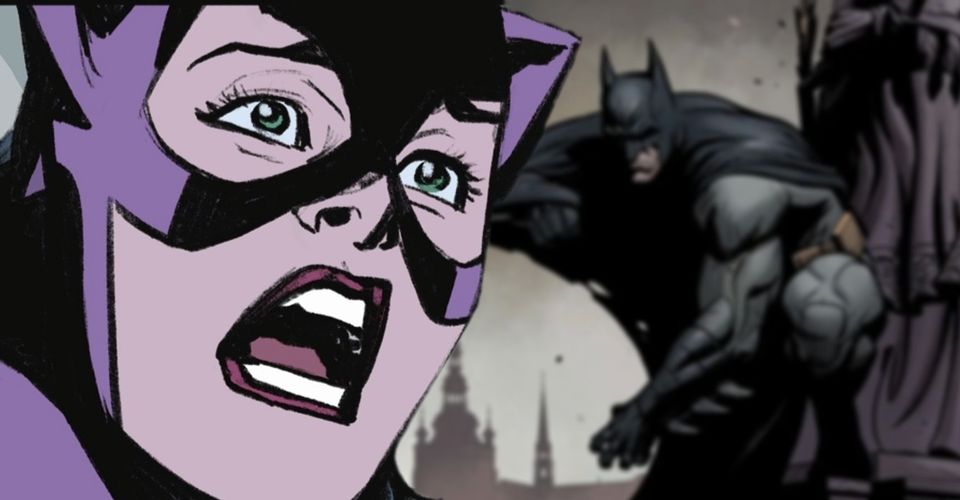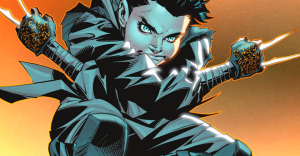Catwoman’s Future Death Redefines Batman’s Mission as a Tragic Failure

Warning! Spoilers for Batman/Catwoman Special #1 ahead!
While Batman has long been characterized by his endless war against crime on the streets of Gotham, the future death of Catwoman shows just how flawed his approach to justice is. Ever since the death of his parents in Detective Comics #33, Batman’s entire life became centered around ways to bring their killer to justice. It’s important to understand that at his core, Batman seeks justice, not peace, and Batman/Catwoman Special #1 illustrates the failure of this philosophy.
In Batman/Catwoman Special #1, written by Tom King with art by John Paul Leon, Bernard Chang, Shawn Crystal and Mitch Gerads, readers are shown a brief history of Batman and Catwoman’s relationship up until Bruce’s untimely death. The issue is written from the perspective of Catwoman as she meets Batman, falls in love, and eventually has a child with him. Their household certainly isn’t a portrait of domestic bliss, however, as throughout the series, Catwoman is constantly shown time and time again that Bruce doesn’t really understand her. This one facet of Bruce Wayne is important to note because it demonstrates how self centered he is, and ultimately why he fails at stopping crime in Gotham.
Catwoman’s death at the end of Batman/Catwoman Special #1 is a perfect example of the lack of systemic change Bruce Wayne brought to Gotham. After Bruce is long gone, Catwoman mourns him but ultimately accepts his death and continues to use their fortune to open a new orphanage. Tragedy is no stranger to the Bat-Family though, and while petting cats in an alleyway on Christmas, Selina Kyle is gunned down for her pearls — a familiar scene for any longtime Batman readers.

This final death mirroring the killing of Bruce’s parents is no accident and can easily be read to imply that despite all his efforts, Batman has not really changed Gotham for the better. His entire persona as the Batman is built around punishing those who have done wrong in his eyes and while Bruce is undoubtedly capable of doing good, his desires are selfish in nature. The Batman identity itself is an outlet for Bruce’s pent up anger, and in becoming consumed by this anger Bruce has effectively alienated himself from the rest of the world. Try as he might, he still struggles to understand the people closest to him, most notably Catwoman. While Bruce has all the resources he could ever ask for at his fingertips, he still chooses to don the cape and cowl to beat up bad guys until they break out of jail and the cycle repeats itself all over again. Batman has failed to make the systematic changes necessary for Gotham to flourish in the time he had.
There are a lot of nuances to the character of Bruce Wayne. He isn’t a bad person, but he also operates within a strict set of principles that don’t necessarily serve to benefit anyone more than himself. Bruce’s actions almost make it seem as if it’s more important that criminals have someone to fear compared to people having someone to believe in. At the end of the day, Batman’s actions are an attempt to heal himself, not the city of Gotham, and this is why his mission to change the city ends in failure. Catwoman’s unfortunate demise is a product of the world Batman left behind.

















